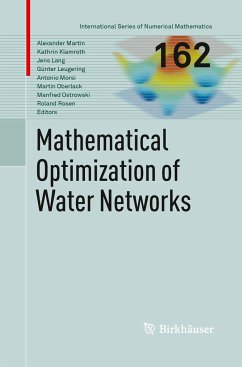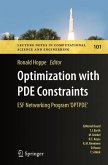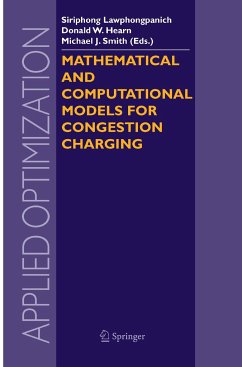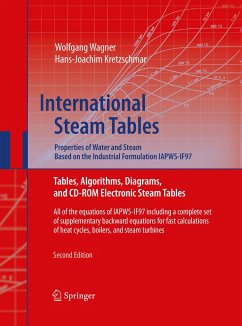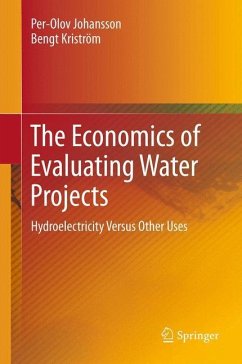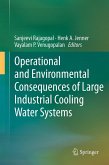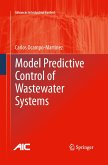The development of complex model systems and their use for deriving optimal decisions in water management is taking place at a rapid pace. Simulation and optimization methods originating in Operations Research have been used for several decades; usually with very limited direct cooperation with applied mathematics.
Theresearch presented here aims at bridging this gap, thereby opening up space for synergies and innovation. It is directly applicable for relevant practical problems and has been carried out in cooperation with utility and dumping companies, infrastructure providers and planning offices. A close and direct connection to the practice of water management has been established by involving application-oriented know-how from the field of civil engineering. On the mathematical side all necessary disciplines were involved, including mixed-integer optimization, multi-objective and facility location optimization, numerics for cross-linked dynamic transportation systems and optimization as well as control of hybrid systems.
Most of the presented research has been supported by the joint project "Discret-continuous optimization of dynamic water systems" of the federal ministry of education and research (BMBF).
"Mathematical Optimization of Water Networks presents new approaches to the simulation and optimization techniques used in water supply and sewage systems. ... it is an important reference to help academia and professionals appreciate new approaches in simulation and optimization techniques." (Shoou-Yuh Chang, Interfaces, Vol. 43 (6), November-December, 2013)

